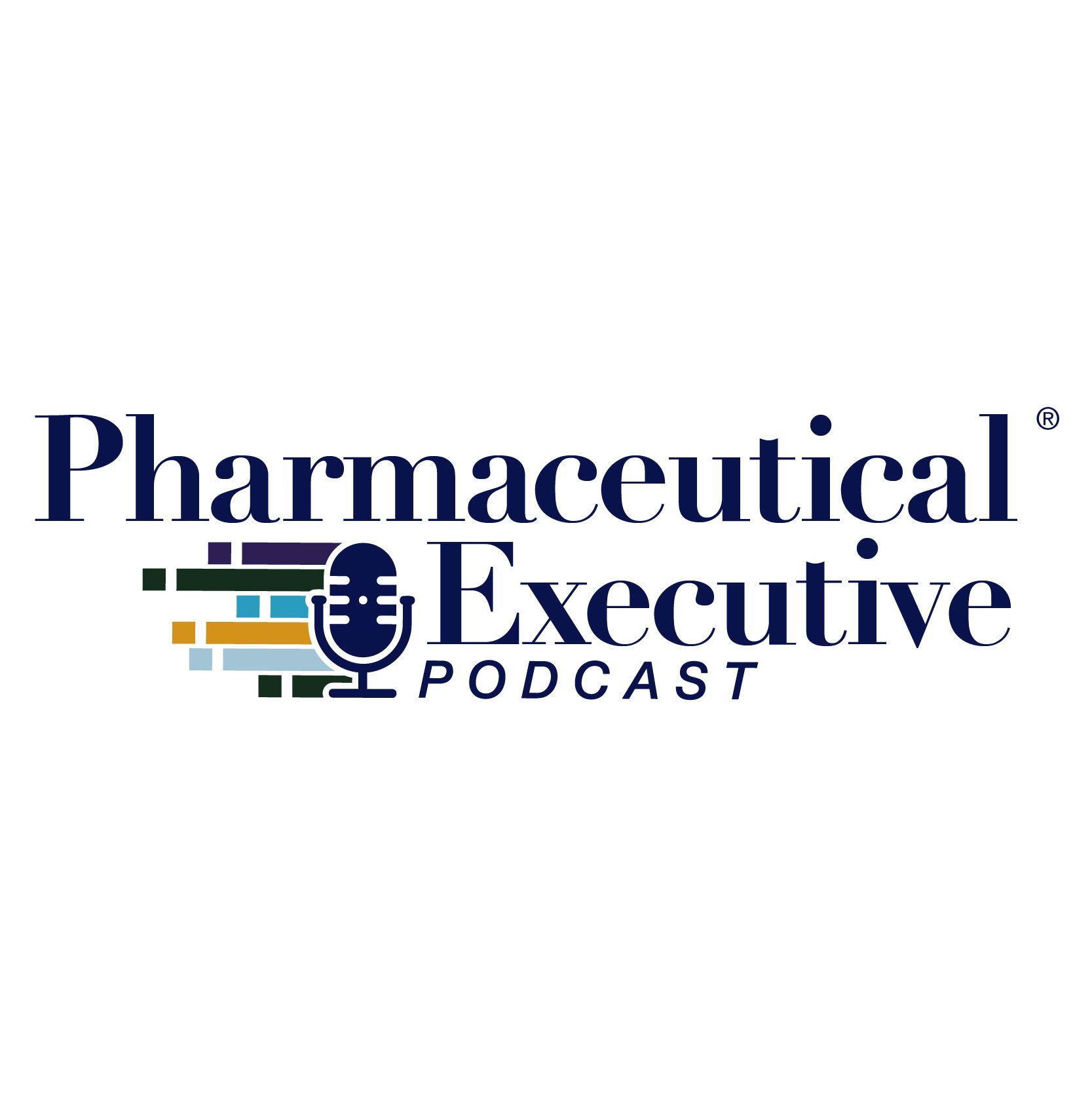Article
Fight Against COVID-19 May Yield Solutions to ARDS
Author(s):
Combating ARDS, the biggest threat to COVID-19 patients, may lead to new treatments for the condition, writes physician and biotech CEO Joe G. N. “Skip” Garcia.
Joe G. N. Garcia

I am a long-standing academic physician-scientist and CEO/founder of an early stage Acute Respiratory Distress Syndrome (ARDS)-focused biotech company working diligently to identify new therapies that improve ARDS outcomes. This quest came soberingly close to home this past week when my son’s 68-year-old father-in-law (KS) went to his New Jersey hospital’s ER with two days of low-grade fever, increasing cough and respiratory distress. He was COVID-19 positive with very low blood oxygen levels despite high oxygen supplementation. Over the next 12 hours, he developed severe fatigue and respiratory failure requiring intubation and mechanical ventilation. My daughter- in-law, a neurology resident at Georgetown Medical Center, asked for my involvement in his care with our goal to optimize his ARDS course in a landscape where FDA-approved therapies are not available.
The coronavirus pandemic is producing numbers of COVID-19-induced ARDS patients hospitalized in ICUs (and make-shift ICUs), the likes of which pulmonary/critical care specialists (such as myself) have never experienced. Acute respiratory distress syndrome (ARDS) did not have its origin with the COVID-19 pandemic but was originally identified in Vietnam warfighters experiencing battlefield trauma. ARDS annually affects over a half a million people in the US and over 2 million people globally, with a staggering mortality rate approaching 40%. The fundamental ARDS pathobiology is a massive activation of evolutionarily-conserved inflammatory networks, often in response to sepsis (infection in the blood), severe trauma, and severe bacterial or viral pneumonias.
The tsunami behind ARDS
The ensuing tsunami of released inflammatory mediators known as the “cytokine storm,” cause lung blood vessels to lose their barrier properties allowing fluid to leak and subsequently flood the lung’s tiny air sacs (alveoli), reducing oxygen delivery to vital organs. The dramatic increase in the work of breathing leads to respiratory fatigue and the need for mechanical ventilation. Unfortunately, while truly lifesaving, the ventilator is a two-edged sword that directly activates inflammatory networks and contributes to multiple organ dysfunction (kidneys, heart) and ARDS mortality. These are the events occurring in COVID-19-infected patients with increasing respiratory distress progressing to full blown ARDS.
This now familiar scenario for many Americans with loved ones in the throes of or who have died from COVID-19 ARDS, is also familiar to ICU physicians facing the unprecedented grim reality that their ICUs are teeming with COVID-19 ARDS. What weapons do we have to combat the devastation of ARDS? Sadly, there are no FDA-approved drugs for ARDS and until the COVID-19 pandemic, only a handful of investigational drugs were in clinical trials. ARDS therapy has frustratingly been relegated to ventilator usage and supportive care.
New roles for older therapies
Our goal for KS was to attenuate the unchecked inflammation produced by COVID-19 infection and the ventilator. He was empirically begun on 4 drugs, none which are FDA-approved for ARDS. As COVID-19 ARDS epidemiology highlights the poor outcomes in elderly men, we felt this decision was warranted, particularly coupled to relatively low drug toxicities. Drug #1 was hydrochloroquine, an anti-malarial also used as an anti-inflammatory in autoimmune diseases with recently touted anti-SARS-CoV2 viral effects. Drug #2 was the antibiotic, azithromycin, which also exhibits anti-inflammatory properties. Simvastatin, Drug #3, was shown by my laboratory (when I was at Johns Hopkins) to exhibit protective anti-inflammatory properties and to reduce lung vascular leak and injury and was recently suggested as beneficial in ARDS. Drug #4, tocilizumab, is an antibody-based therapy used in cancer treatments that inhibits the well-known inflammatory cytokine, interleukin-6. Drugs #1, #2 and #3 were begun upon intubation and drug #4 started 24 hours later as KS further deteriorated. Fortunately, after another rocky 24 hours, KS’s respiratory status began to stabilize and improved over the next 3 days allowing extubation. He remains in the ICU requiring supplemental oxygen but is improving.
The exact contribution of each drug to KS’s successful COVID-19 ARDS outcome is impossible to define but like all putative ARDS therapies, demands rigorous clinical trial testing. I believe that a single drug may provide significant benefit, however, to dramatically move the needle in reducing ARDS mortality will require a combination of potent anti-inflammatory therapeutics, similar to cancer therapies. My company, Aqualung Therapeutics, has developed an anti-inflammatory platform that consists of a humanized monoclonal antibody, that neutralizes an early key ARDS driver of unchecked inflammation, and genetic and biomarker tests that may allow selection of ARDS patient most likely to respond to our antibody. Such Precision Medicine approaches will be critical to future clinical trial design evaluating ARDS therapeutics. Science and clinical medicine will undoubtedly defeat the SARS-CoV-2 virus and provide the necessary means to improve ARDS outcomes. We have waited long enough, we simply cannot afford to wait any longer.
Joe G. N. “Skip” Garcia, M.D., a world-renowned pulmonary physician-scientist and an elected member of the National Academy of Medicine. He is an endowed professor of medicine at the University of Arizona College of Medicine, Tucson. He is also the CEO of Aqualung Therapeutics, a Tucson-based biotech company developing a novel, anti-inflammatory monoclonal antibody.
Newsletter
Lead with insight with the Pharmaceutical Executive newsletter, featuring strategic analysis, leadership trends, and market intelligence for biopharma decision-makers.



